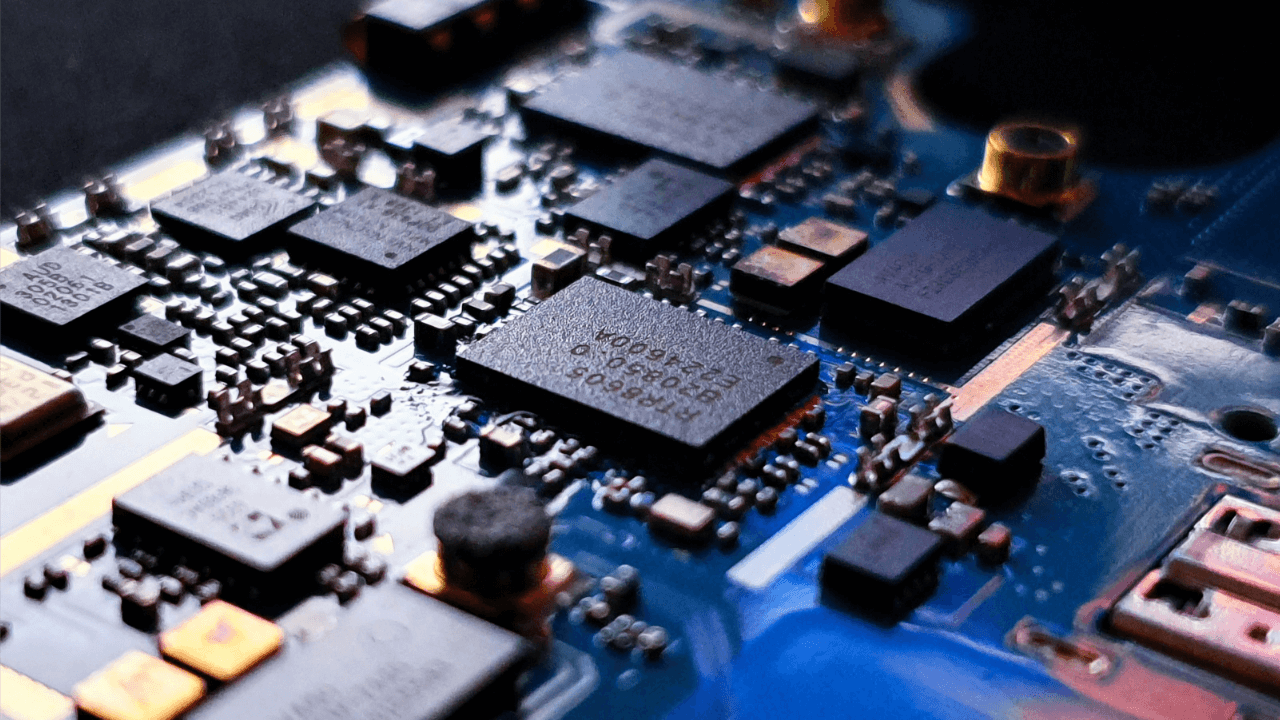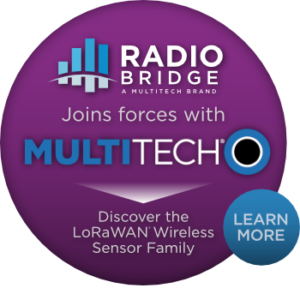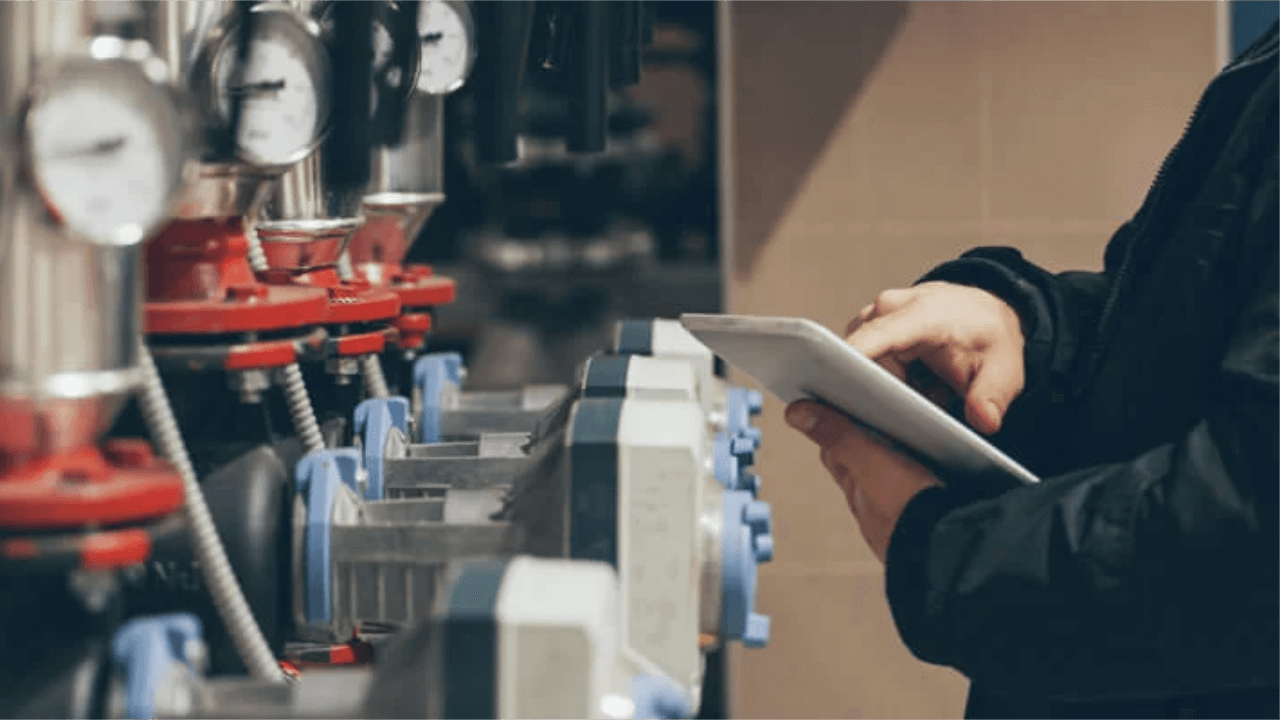
Sensor-to-cloud systems utilize wireless sensor networks (WSNs) to record, process and store data in the cloud, allowing all users to access data. They’re used in many applications to collect and process vital operational data. Uses for sensor-to-cloud systems include:
- Military enemy tracking,
- Patient monitoring in health care,
- Plant health, soil degradation and water scarcity in agriculture,
- Construction structural monitoring,
- Traffic management,
- Building security
Sensor-to-cloud systems benefit businesses by streamlining, accelerating and automating sensor data management.
What Is a Sensor-to-Cloud System?
A sensor-to-cloud system combines a WSN and cloud computing, expanding the capacity of traditional networks for computing, storage, communication and scalability. A cloud manages information from several sensors for collection, processing and storage.
A network of self-regulated sensors, typically used in industrial and construction applications, monitor an area for factors such as vibration, pressure, proximity, movement, temperature or humidity. Gateways then compress and send this information to the cloud, where it gets decompressed and stored in the server. The sensor network collects the data, and complex functions like data analysis and processing are also sent to the cloud, reducing the burden on sensor networks and expediting processing time.
The sensor network consists of the physical layer of sensors, a virtual sensor layer and the user layer:
- Physical node layer: This layer consists of the physical sensors, which collect the data. Sensor modeling language uses XML encoding for the physical sensors to implement several hardware and platforms with little human effort.
- Virtual node layer: In this layer, each physical sensor is virtualized on the cloud computing platform so users can manage their physical sensors. Virtual sensors provide real-time information from their physical counterparts.
- User interface layer: Users can then view the data from the virtual sensors sent to the cloud. Cloud computing allows multiple users, potentially across various organizations, to access data and is accessible via a variety of networks and operating systems. Users can manage data and sensors with a web-based device management console.
10 Advantages of Sensor-to-Cloud Systems
Sensor-to-cloud systems streamline sensor data management by using the cloud to gather, access, visualize, analyze, store and share large quantities of data from multiple sensors. They improve the data management system by reducing human interference. Users can analyze and act on sensor data without worrying about implementation, as the cloud will automatically provision services when users send a request. Automation has increased efficiency while decreasing cost and service delivery time.
Find Your Sensor-to-Cloud Solution
Drive new revenue streams and efficiencies with actionable data using sensor-to-cloud solutions. Explore all of Radio Bridge’s sensor technology.
1. Analysis
Users will more efficiently analyze large quantities of data from several sensor networks with sensor-to-cloud systems. Sensors capture, process and analyze data in real-time, which can help you make better decisions quickly. The cloud’s ample storage space also allows you to access historical data to track trends and measure improvement.
2. Scalability
Because the cloud has an extensive routing infrastructure, sensor-to-cloud grows earlier sensor networks on a much larger scale. As businesses expand and require more resources, they’ll be able to scale their sensor infrastructure with their business without investing in new hardware. Furthermore, sensor-to-cloud systems increase data storage rather than requiring physical computer systems, permitting growing companies to store more data as they grow without spending time and money implementing new hardware.
3. Collaboration
The cloud allows for multiple parties to access data from any location simultaneously, encouraging greater collaboration. Multiple physical sensor networks all display data on the cloud, making large amounts of data easily accessible.
4. Visualization
As part of the sensor-to-cloud infrastructure, a visualization API represents diagrams based on sensor data, allowing employees to make sense of complex data from multiple sensors in a network. You’ll be able to interpret current data patterns that could have otherwise gone unnoticed to predict future trends.
5. Automation
In the past, employees physically had to be at a site to monitor sensors. Automation streamlines the sensor monitoring process, as sensor-to-cloud allows you to capture and analyze data automatically. If issues arise, the system will notify the necessary individual. Automation is a significant goal of the Internet of Things, and it greatly enhances productivity by providing faster delivery times.

6. Flexibility
While past computing methods required more hardware, sensor-to-cloud systems provide more flexibility, as you’ll be able to use more applications to control sensors and easily share resources and data with others anywhere in the world via the cloud.
7. Multitenancy
Several service providers can integrate multiple services through the cloud, allowing for access to data from various sources. Although others who do not have access to your data cannot see it, all data still runs on the same server.
8. Security
Wireless sensors can also be used for security, detecting movement to manage unauthorized access and sending an alert to the cloud. Door sensors detect when doors open, can control locking mechanisms and even activate alarms. Window sensors work much like door sensors, but they also frequently monitor the temperature to optimize power consumption. Finally, motion sensors can sound an alarm or call the police to keep spaces like warehouses or artifacts at museums safe.
9. Cost
Cloud infrastructure permits more significant computing and storage capacity without the same cost as hardware. Further, you’ll be able to monitor equipment and make the necessary repairs before they become too costly.
10. Installation
One of the significant advantages of wireless sensors is they are quick and easy to install. The technology will immediately begin collecting data and sending it to the cloud once attached to a piece of equipment.
The Constant Evolution of Sensor-to-Cloud Systems
Like how sensor technology has evolved to become wireless, sensor-to-cloud systems are constantly improving for enhanced capabilities and security. Future enhancements include:
- Expanded applications: Future developments in WSN technology will develop sensor applications to underwater acoustic systems, cognitive sensing and for instances where time is critical.
- Artificial intelligence and machine learning: Converging artificial intelligence (AI) and machine learning (ML) with sensor-to-cloud systems to expedite data collection and monitoring through further automation.
- Improved security: Some people have raised security concerns with WSNs and cloud computing. Future developments will maintain the integrity of nodes to ensure damages don’t compromise the system. Researchers propose a three-layer data storage protection scheme to improve security in the future.
Connect With Radio Bridge, a MultiTech Brand, for Wireless Sensors
Radio Bridge is the top manufacturer of Long Range Wide Area Network (LoRaWAN®) sensors for Internet of Things (IoT) systems in North America and worldwide. Our long-range and low-cost sensors have an exceptional battery life to reliably monitor temperature, humidity, movement, air quality and water leaks, and we offer sensor customization services to fit your individual needs. Additionally, we offer vibration analysis and commercial refrigeration monitoring solutions. Contact us today to learn more about our wireless sensor solutions.





